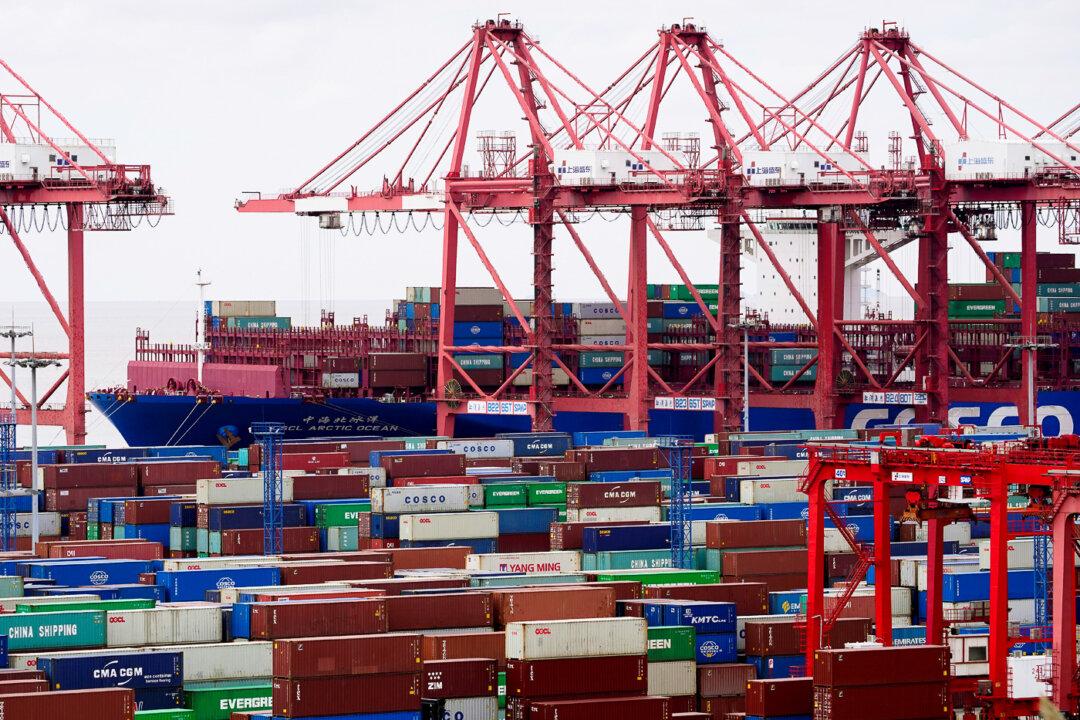The Chinese Communist Party (CCP) has made a major shift. It has decided to focus on the domestic consumer and taken steps to spur household spending. Though exports have long served as China’s engine of growth, increasing levels of hostility to China trade in the United States and Europe have dimmed export prospects.
Accordingly, the Party’s recent Two Sessions meetings rolled out a 30-point program to encourage consumption as an alternative driver of the country’s economic expansion. This plan is more forceful than past such efforts, but it still has limitations. Its strongest points will take time to have effect—more time certainly than the CCP would like.
On the aspirational side, five items stand out. Without much explanation of how it will accomplish change, Beijing aims to raise wages; boost employment; reduce household financial burdens; stabilize property markets and reverse their decline; and help exporters pivot to suit their output more to the Chinese consumer.
No one can doubt that such changes would encourage consumers and increase their spending, but the plan offers little on what Beijing will actually do to accomplish these aims. This program does mention state purchases of commercial real estate and refurbishing run-down properties. Still, the CCP has launched several such schemes before to little avail in stabilizing the property crisis, much less reversing it.
There is even less in this plan on exactly how Beijing would help exporters retool their efforts for the domestic Chinese consumer or how the central authorities plan to raise wages and levels of employment. There is mention of raising the minimum wage, but that promises a mixed effect at best. Such measures, whether in China or elsewhere, can increase the salaries of some workers but also invite unemployment for those whose productivity cannot justify the higher minimum.
Other parts of the plan could, however, have a positive practical effect, if a limited one. Efforts to reduce fraud in financial markets, clamp down on counterfeit or substandard products, and support contracts to ensure that small businesses are paid are three of these measures. They could encourage higher levels of activity, but they are already part of Chinese law, and given still widespread corruption, it is far from clear how far such efforts can go.
Plans to open market access to foreign businesses could encourage consumer spending. Still, given the CCP’s long-held policies to the contrary, one can be excused for questioning how much impact measures can have. Meanwhile, other parts of the plan—to encourage e-sports, winter tourism, and use artificial intelligence to develop new consumer products—would seem to have only a limited impact in an economy of China’s size.
Other measures mentioned in the plan do, however, offer great promise. These aim to correct weaknesses in China’s social safety net by, among other things, improving services for pediatric and elderly care and increasing access to pensions for both rural and urban workers, as well as China’s large population of gig workers. In still another potentially powerful measure, the new plan would make individual retirement accounts (IRAs) available as a “third pillar” of the pension system.
Such changes directly address a big reason why Chinese households have such a strong preference for saving over spending. The paucity of reliable pension arrangements drives the Chinese from an early age to lay aside income for that eventual day when they can no longer work. That tendency has been exaggerated in recent years by the drop in real estate prices associated with the property crisis.
It is far from apparent how much this 30-point plan will do for the Chinese economy. Even the pension measures can have only a limited immediate effect. Before people change their behavior, they will need to see how far the changes go, and then it will take still more time before households and individuals rely on them.







